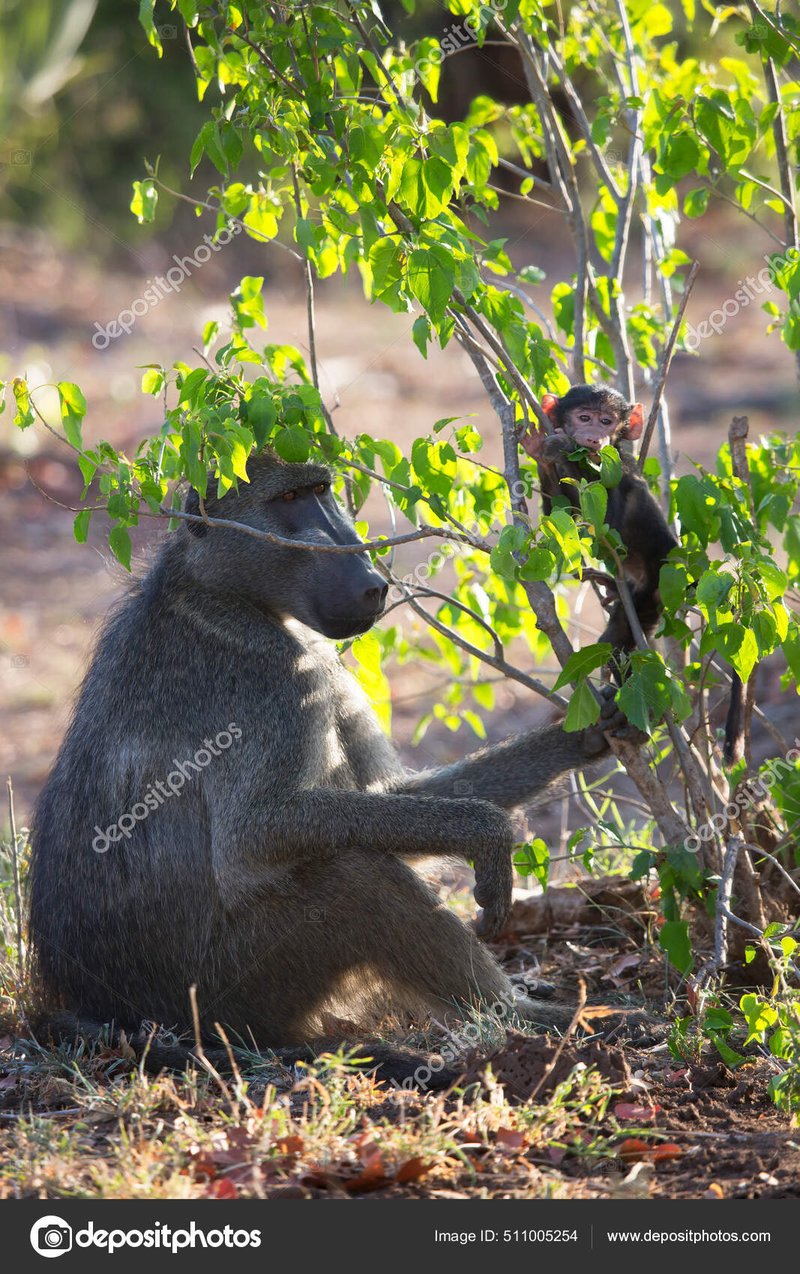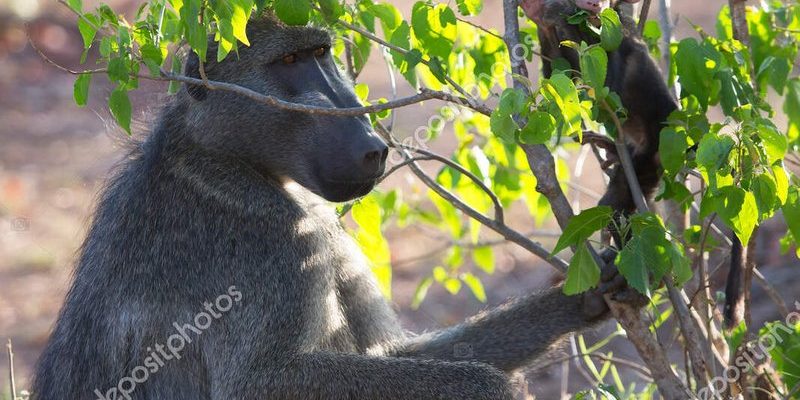
You might be wondering, what exactly do these animals contribute to their environment? Well, let me explain. Baboons influence various aspects of their surroundings, from seed dispersal to pest control. These interactions can seem small, but they create ripples throughout their habitat. By understanding the role of baboons, we not only appreciate them more but also gain insight into the delicate web of life in which they exist.
Habitat and Distribution of Baboons
Baboons thrive in various environments across Africa, from savannahs to forests. You can find them in countries like Kenya, South Africa, and Ethiopia, among others. This adaptability is one reason they can play such a significant role in their ecosystems.
The five species of baboons—olive, yellow, chacma, hamadryas, and gelada—each have unique habitats. For example, geladas prefer the high grasslands of Ethiopia, while hamadryas are often found in arid areas. The habitats they choose are essential for their foraging behavior, social structure, and overall survival.
When baboons interact with their environment, they’re not just living; they’re shaping the landscape. Their presence in a habitat can signal a healthy ecosystem, influencing other species and plants around them.
Social Structure and Behavior
Baboons are highly social animals, living in groups called troops. A troop can range from a small handful to several dozen individuals. Within these troops, a strict social hierarchy exists, which helps maintain order and cooperation. Each member knows its place, which is vital for foraging, caring for young, and defending against predators.
Their social behavior extends beyond just interacting with each other. Baboons are also known for their grooming rituals. This activity is not only about hygiene; it strengthens bonds and fosters unity within the troop. Here’s the thing: when baboons cooperate, they become more efficient foragers, ensuring that everyone gets enough food.
This social structure plays a vital role in their ecosystem. By working together, baboons can influence their environment, ensuring that resources are used effectively and that younger members learn critical survival skills.
Seed Dispersal and Plant Growth
One of the most significant contributions of baboons to their ecosystem is seed dispersal. Baboons are omnivores, munching on various fruits, leaves, and seeds. When they eat, they don’t digest all the seeds. Instead, these seeds pass through their systems and are deposited through their feces, sometimes far from the parent plant.
This method of seed dispersal is crucial for plant growth. It helps plants spread out and colonize new areas while ensuring genetic diversity within populations. For instance, when a baboon feasts on a juicy fig, it may travel several miles before dropping the seed. This journey allows the fig tree to establish itself in a new location, which can ultimately impact the entire ecosystem.
By facilitating plant growth, baboons indirectly support other species that rely on these plants for food and shelter. It’s a perfect example of how interconnected everything is in nature.
Top-Down Predator Impact
Baboons can also serve as prey for larger predators, such as lions and leopards. Their presence in the food chain helps maintain a balance in the ecosystem. When baboons are abundant, they provide a steady food source for these predators. Conversely, when predator populations exceed their natural limits, baboons can be one of the species that keep them in check.
This dynamic relationship highlights the concept of top-down control in ecosystems. When predators hunt baboons, it prevents the baboon population from growing excessively, which could lead to overgrazing in their habitat. Think of it like a seesaw—when one side goes up, the other side needs to balance it out.
Maintaining healthy predator-prey relationships is vital for biodiversity and ecosystem health. By fulfilling their role as prey, baboons contribute to a balanced environment where various species can thrive.
Impact on Insect Population Control
Baboons aren’t just fruit foragers; they also help control insect populations. You may not think of baboons as pest control agents, but their foraging habits can influence the number of insects around them.
Baboons often munch on insects like grasshoppers or beetles while foraging. By doing so, they reduce the number of pests in their habitat. This can have a ripple effect on the food chain, as fewer insects mean a healthier environment for plants and other herbivores.
Here’s a fun image: picture a baboon with a cheeky grin, swatting away flies and munching on grasshoppers like they’re snacks. While it’s entertaining to watch, this behavior is an important part of keeping the ecosystem balanced.
The Role of Baboons in Cultural Context
Beyond their ecological roles, baboons have significant cultural importance in various societies. In some African cultures, they’re seen as symbols of strength and community. Many traditional stories and folklore include baboons, often portraying them as clever and resourceful animals.
Their cultural symbolism can impact conservation efforts, as communities that value baboons may be more inclined to protect their habitats from destruction. When people recognize the importance of an animal within their cultural narrative, it fosters a sense of responsibility toward preserving it.
Moreover, educating communities about the ecological roles of baboons can lead to more effective conservation strategies. When locals understand how baboons contribute to their environment, they may engage more actively in their protection.
Conservation Efforts and Challenges
Unfortunately, baboons face several threats due to habitat loss and human-wildlife conflict. As urban areas expand, their natural habitats are shrinking. This encroachment leads to increased interactions between humans and baboons, often resulting in negative consequences for both.
Conservation efforts are crucial for ensuring baboons can continue to perform their ecosystem roles. Initiatives might include habitat protection, community education, and responsible wildlife management practices. It’s essential to foster a coexistence model where both humans and baboons can thrive without conflict.
You might be wondering what you can do to help. Supporting wildlife conservation organizations or participating in local environmental initiatives can make a difference. Every small action counts in protecting these incredible animals and their habitats.
In summary, baboons are more than just amusing primates to watch in the wild. Their role in the ecosystem is multifaceted, influencing everything from plant growth to predator-prey dynamics. By understanding their importance, we can better appreciate the rich tapestry of life they help create and learn how to protect it.

